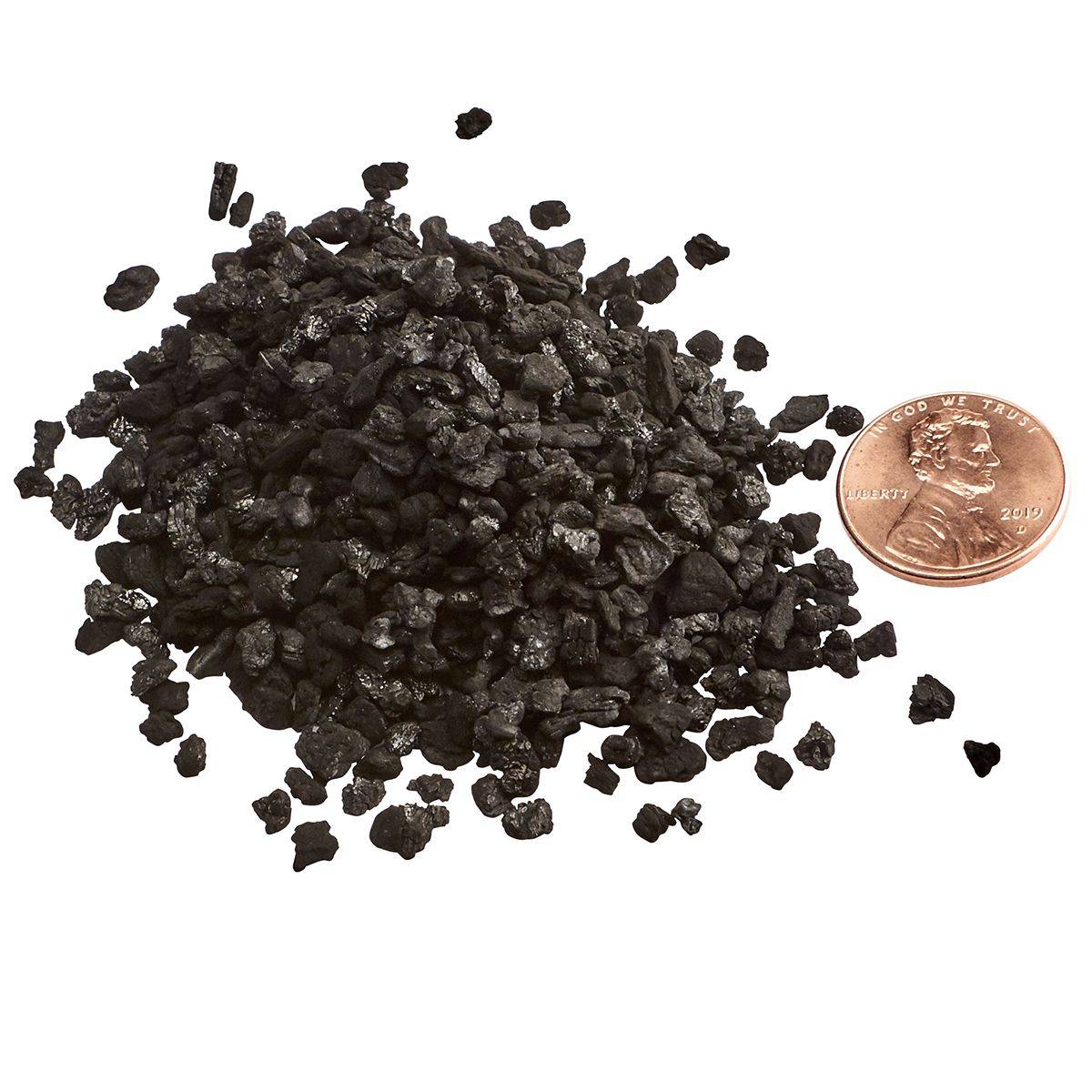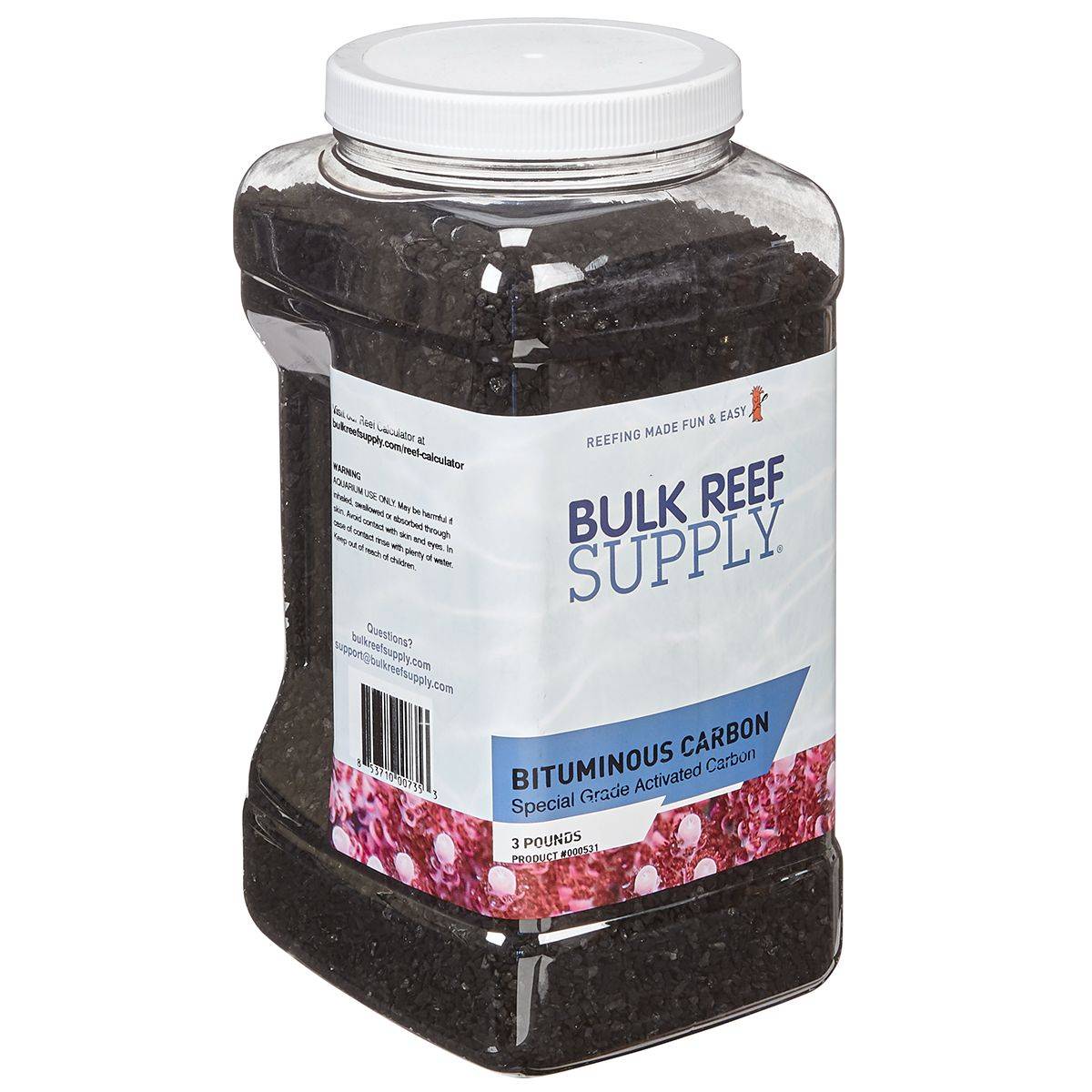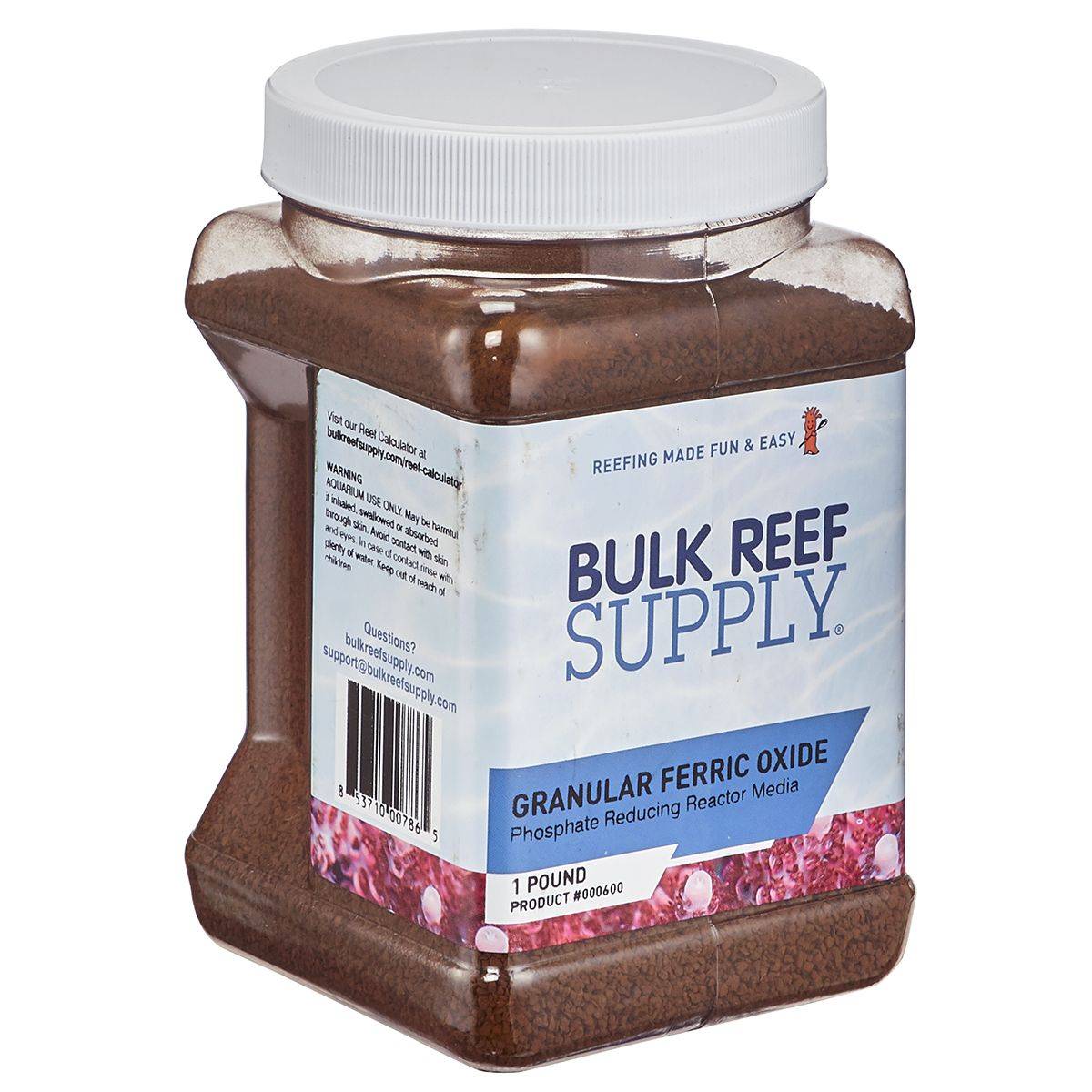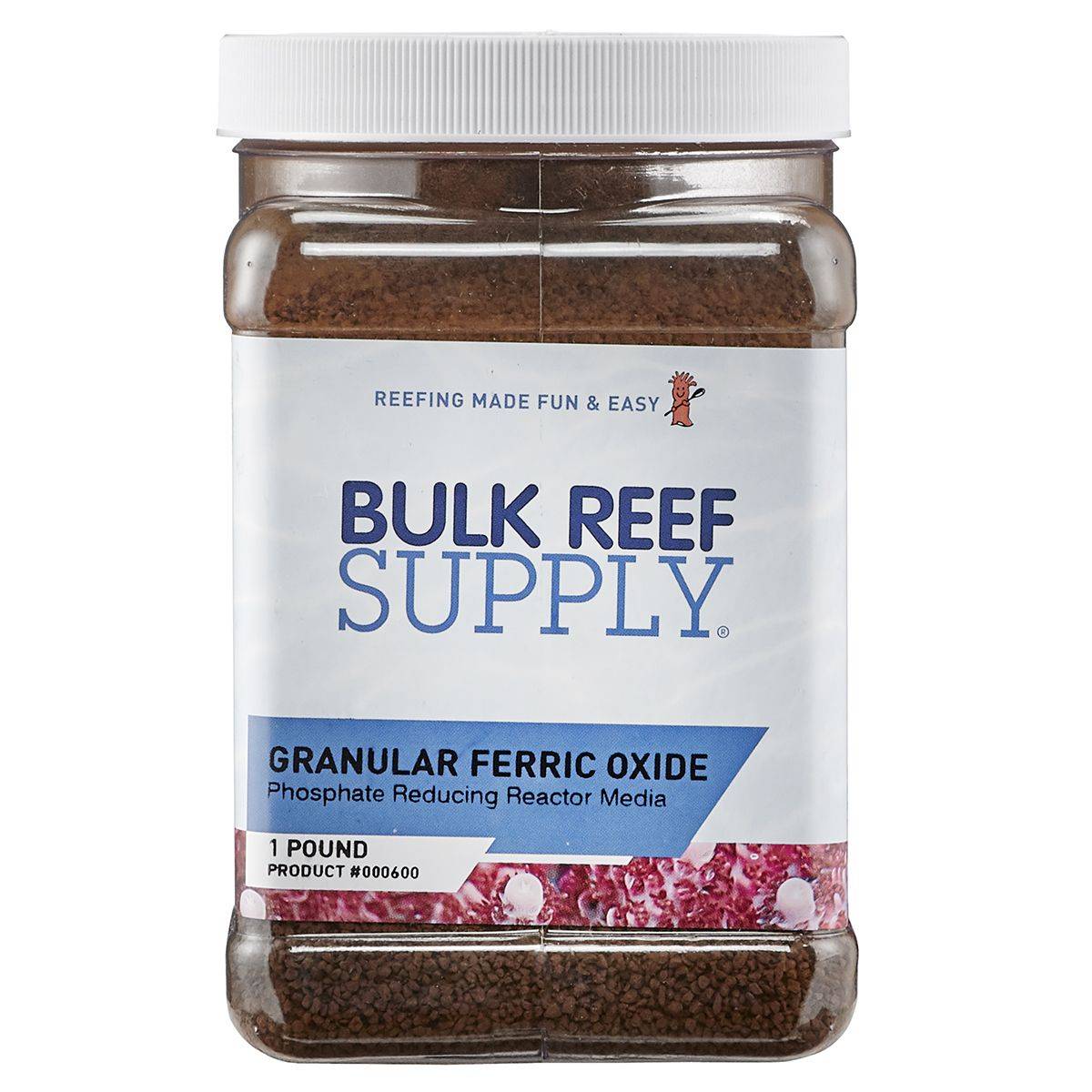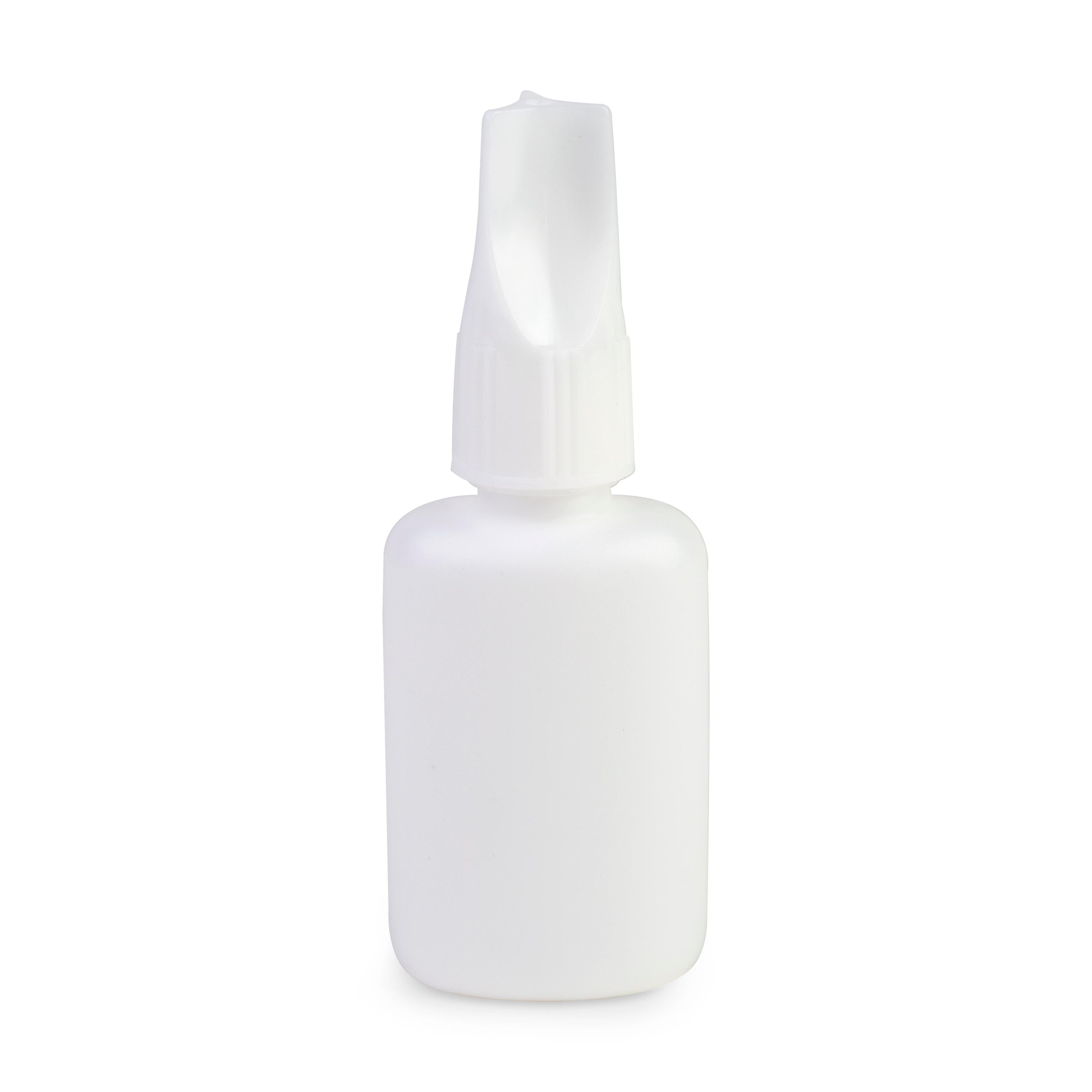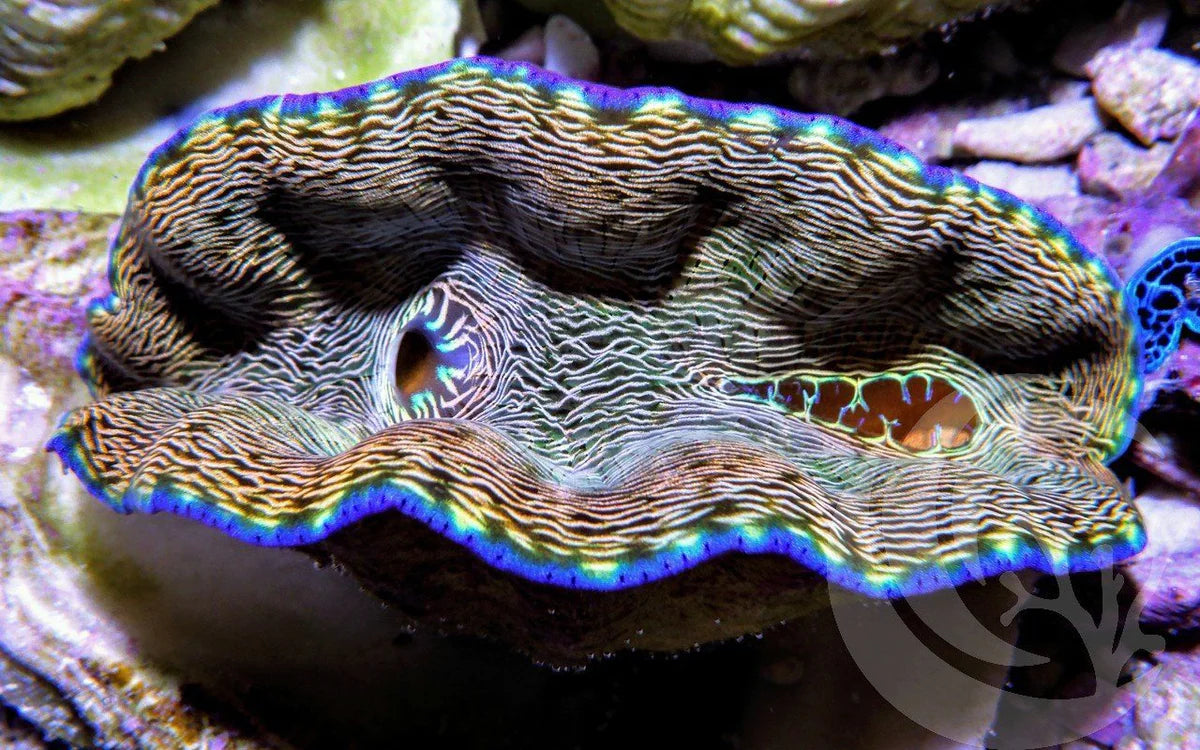
Derasa Clam Striped Blue Rim (Tridacna derasa)
Max Size: 2 feet
Supplements: Calcium, Trace Elements
Waterflow: Medium
Lighting: Moderate
Placement: Bottom to Middle
Tridacna derasa, also known as the Southern Giant Clam or Smooth Giant Clam, is one of the largest species in the Tridacna genus, growing up to 24" in the wild. Unlike most other Tridacna spp., Derasa Clams have a narrow gap on the underside of their smooth, thick shell, rather than a large byssal opening. This feature distinguishes them from their close relative, Tridacna gigas, particularly when they are small in size. T. derasa has six to seven vertical folds in its shell, which can be completely closed, while T. gigas has only four or five vertical folds and cannot fully close its hinged shell.
In the wild, Tridacna derasa can be found in the Indo-Pacific, Central Pacific, South Pacific, and Coral Sea, occupying outer reef habitats on both sandy and hard-packed substrates, either solitary or in small aggregations, at depths ranging from 10 to 60 feet. Derasa Clams available in the aquarium trade are all cultured in the Central and South Pacific Oceans. While they come in various colors and patterns in the wild, the ones intended for the aquarium trade are typically gold, brown, orange, or yellow, with vibrant blue or green trim edging that surrounds the mantle.
When introduced to a home aquarium, T. derasa should be placed in the sand or in a recess of a rock, as they do not attach as firmly to the substrate or rockwork like most other members of the genus. They require moderate to intense lighting to thrive as they contain symbiotic algae called zooxanthellae, which provide them with the majority of their nutrition through photosynthesis. Smaller T. derasa, which are 2" or less in size, are more sensitive to very intense lighting, and should be photo-adapted to the existing reef aquarium lighting in a similar manner to newly introduced stony and soft corals. Newly introduced clams should be set on a small rock or in a plastic dish with coarse substrate at the bottom of the aquarium, and slowly moved up over time.
Tridacna derasa are filter feeders, constantly filtering the water for small particulates. Larger Derasa Clams do not require supplemental feedings, but smaller ones that are less than 2" should be fed a phytoplankton or greenwater supplement several times per week if they are kept in a nutrient-poor reef aquarium.
In the home aquarium, T. derasa are hardy and adaptable, requiring moderate to intense lighting and good water flow. Maintaining proper water chemistry, with calcium levels of 380-450 mg/L, alkalinity levels of 8-11 dKH, and magnesium levels of 1280-1350 ppm, is crucial for their thriving.


